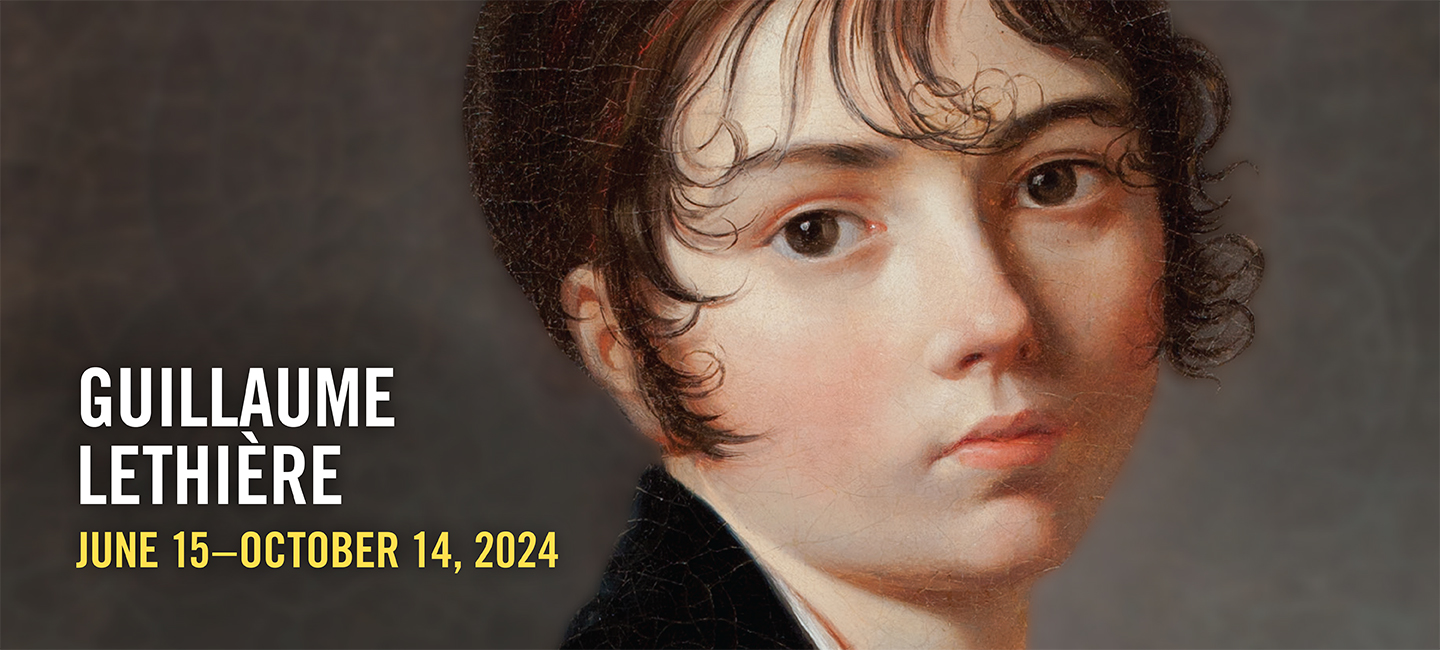Revolution in the Colonies
 Denis Alexandre Volozan, Equestrian Portrait of Toussaint Louverture, c. 1800, pen and black ink, brush and gray wash, graphite. Musée d'Aquitaine, Ville de Bordeaux, France, Collection Chatillon, 20; 2003.4.188. Photo: Mairie de Bordeaux, Musée d'Aquitaine
Denis Alexandre Volozan, Equestrian Portrait of Toussaint Louverture, c. 1800, pen and black ink, brush and gray wash, graphite. Musée d'Aquitaine, Ville de Bordeaux, France, Collection Chatillon, 20; 2003.4.188. Photo: Mairie de Bordeaux, Musée d'AquitaineIn parallel with the revolution unfolding in mainland France, revolution was also erupting in its colonies. In 1789, news of the revolution spread, including false rumors that the French king had abolished slavery, and incited enslaved people in Saint-Pierre, Martinique, to revolt, marking the first of many revolts in the Caribbean. Guadeloupe witnessed three uprisings in the early part of the decade, including a 1793 revolt in Saint-Anne, where Lethière spent his childhood and where his father still owned a plantation. In August 1791, enslaved people revolted in the northern province of what was then French-controlled Saint-Domingue, sparking a struggle for liberation that ended in 1804 when Saint-Domingue became the first country of formerly enslaved people to achieve independence. The historic moment was symbolized by adopting what had been the Indigenous name for the island of Hispaniola: Haiti.
Following his father’s death in 1800, Lethière inherited the Guillon plantation in Guadeloupe. Although he sold his portion in 1809, the deed of sale allowed for delayed payment due to the continued unrest in the colonies, meaning that Lethière continued to receive profits from the plantation through the end of his life. In contradiction with his involvement in the plantation economy, Lethière was also involved in the abolitionist movement taking shape in mainland France. This abolitionist sentiment is distilled in Oath of the Ancestors, his remarkable painting celebrating Haitian independence, which he gifted to that nation in 1822.
